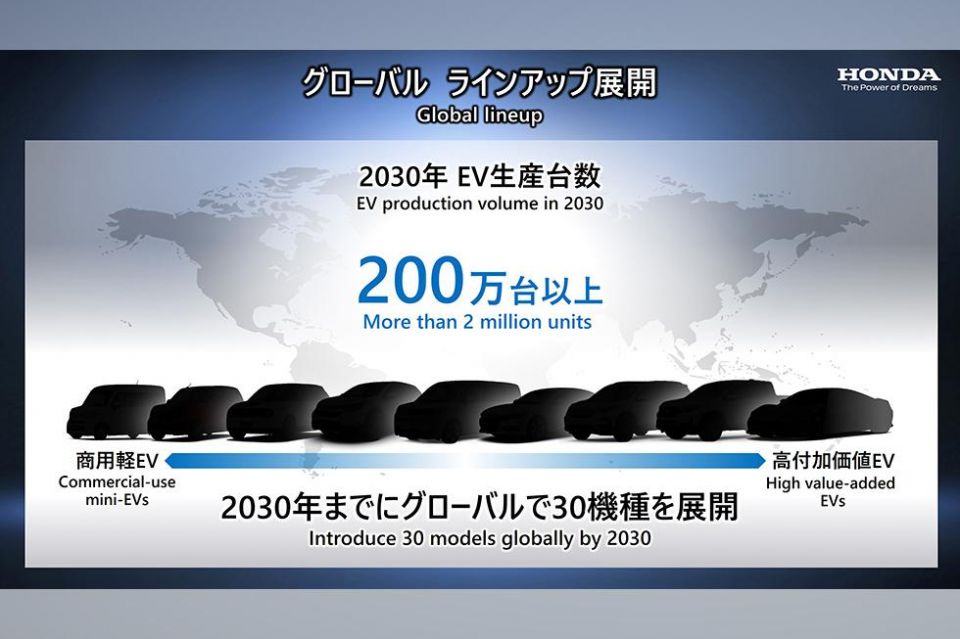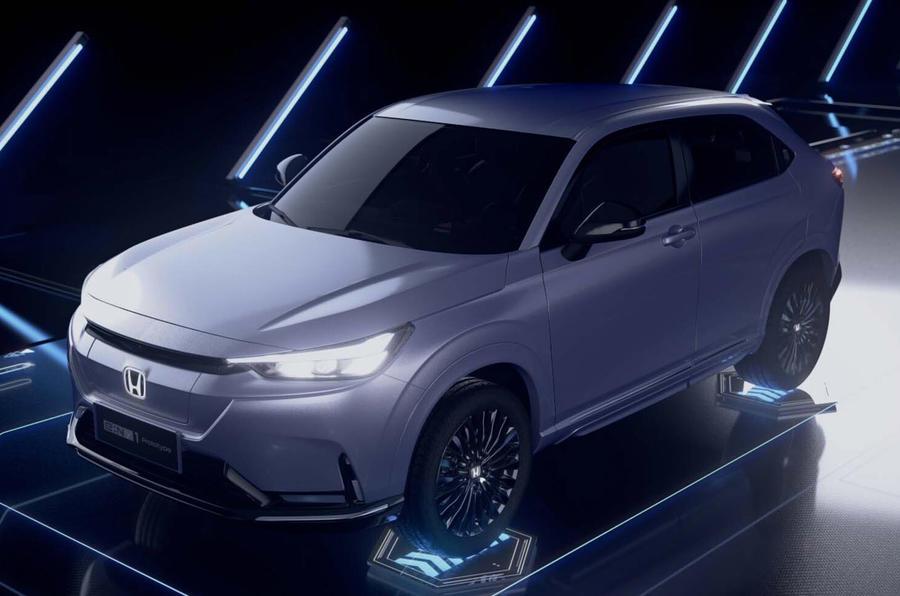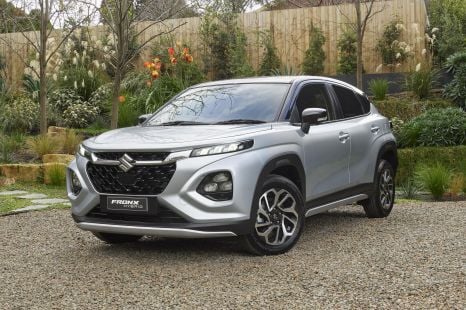

Anthony Crawford
1990 Lamborghini Countach review
5 Days Ago

News Editor
Honda has announced plans to introduce 30 electric vehicles globally by 2030 and produce more than two million EVs annually, while also teasing two upcoming electrified sports cars.
It hasn’t released any further information on the sports cars other than confirming they’ll be “a specialty and a flagship model, which will embody Honda’s universal sports mindset and distinctive characteristics”.
The company has said they’ll be globally introduced.
Over the next decade, Honda will allocate around five trillion yen (A$53.7b) to electrification and software technology. Its overall R&D expenses for this period will be approximately eight trillion yen (A$85.9b).

The bulk of the new electric products appear to be focused on the US and Chinese markets.
It’ll introduce 10 new EVs in China by 2027, while also introducing in the US in 2024 the previously announced Honda Prologue and unnamed Acura medium-to-large SUVs developed jointly with General Motors.
In the first half of 2024, Honda will introduce a commercial-use mini-EV in Japan, followed by the “timely introduction” of an electric kei car and an electric SUV in that market.
In 2026, it’ll “begin adopting” the Honda e: Architecture, which combines the company’s new hardware and software platforms.
The e:Architecture was announced last year as part of plans for the company to sell only electric and fuel cell vehicles by 2040, and to become fully carbon neutral by 2050.

The GM alliance will also yield “affordable” EVs in 2027, with cost and range said to be competitive with petrol-powered vehicles. Honda says the launch of these vehicles will be “starting from North America”.
By 2030, it plans to have a line-up of electric vehicles ranging from kei cars to flagship-class models, with production volume of more than two million units annually.
It’ll build two dedicated EV plants in China, and is planning a dedicated EV production line in North America.
In terms of batteries, it’ll source Ultium batteries from General Motors for its North American production, and may create a joint venture company for battery production separate from the American automaker.

Chinese-market Honda EVs will continue to source batteries from CATL, while the kei-class EVs for Japan will have batteries from Envision AESC.
It’ll build a “demonstration line” for its upcoming solid-state batteries at a cost of 43 billion yen, planned to be operational in the northern spring of 2024. These batteries will be fitted to production vehicles in the second half of this decade.
Other announcements made at Honda’s latest briefing include plans to invest up to 10 billion yen per year in advanced technology startups, plus a plan to shift focus to recurring, after-sale products combining hardware and software – the latter following other automakers’ announced plans to obtain more revenue from subscription-type services.

Honda said it will offer a variety of mobility solutions, including swappable batteries and hydrogen fuel-cell vehicles, but it hasn’t provided any further information on either.
It recently ended production of its only hydrogen fuel-cell vehicle, the Clarity.
Honda says it’s found cost efficiencies since 2018, and is set to achieve a 10 per cent reduction in the cost of its global automotive production since that year.

It’s also reduced the total number of trim and option level variations for its global models by half compared with 2018.
The company says it’s improved its business structure and is expecting its efforts will yield an “adequate” achievement of the return on sales of more than seven per cent, its medium- to long-term target.
Instead of dividing its organisation by product type (e.g. motorcycles, cars), Honda is reorganising this Japanese fiscal year along new lines. Core areas such as electrified products, hydrogen, and software will sit under a new Business Development Operations unit.
Where expert car reviews meet expert car buying – CarExpert gives you trusted advice, personalised service and real savings on your next new car.
William Stopford is an automotive journalist based in Brisbane, Australia. William is a Business/Journalism graduate from the Queensland University of Technology who loves to travel, briefly lived in the US, and has a particular interest in the American car industry.


Anthony Crawford
5 Days Ago


Matt Campbell
4 Days Ago


James Wong
3 Days Ago


Max Davies
2 Days Ago


Josh Nevett
18 Hours Ago


William Stopford
15 Hours Ago